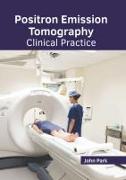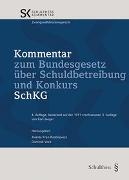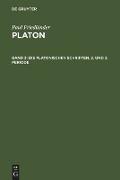Positron Emission Tomography: Clinical Practice
BücherAngebote / Angebote:
A functional imaging technique that utilizes radioactive substances, known as radiotracers, to measure and visualize changes in metabolic processes and physiological activities, such as blood flow, is called the positron emission tomography (PET). This mechanism is also appropriate for measuring physiological activities such as regional chemical composition and absorption. PET is a valuable research and medical tool used in pre-clinical and clinical settings, majorly used in the imaging of tumors. Based on the target process within the body, different tracers are used for various imaging processes. For instance, NaF is widely used for detecting bone formation, and oxygen-15 is sometimes used to measure blood flow and F-FDG is commonly used to detect cancer. PET has the potential to detect biochemical processes and some protein expressions as it provides molecular level information before any anatomic changes are visible. The major disadvantage of a PET scanner is its high purchase cost and the recurring operating expenses. This book contains some path-breaking studies related to positron emission tomography. It strives to provide a fair idea about this imaging technique and to help develop a better understanding of its clinical applications. The book is appropriate for students as well as experts seeking detailed information regarding positron emission tomography.
Folgt in ca. 15 Arbeitstagen




